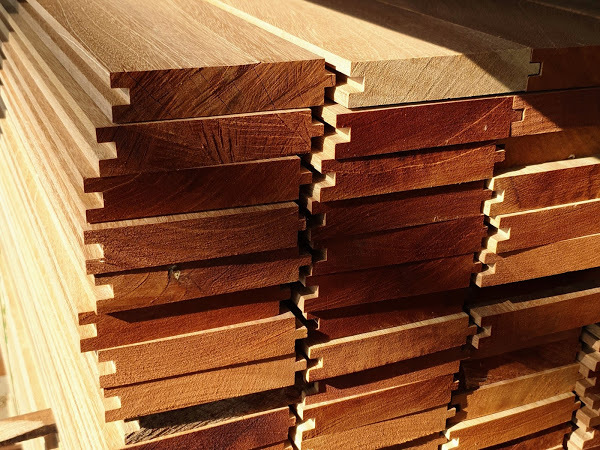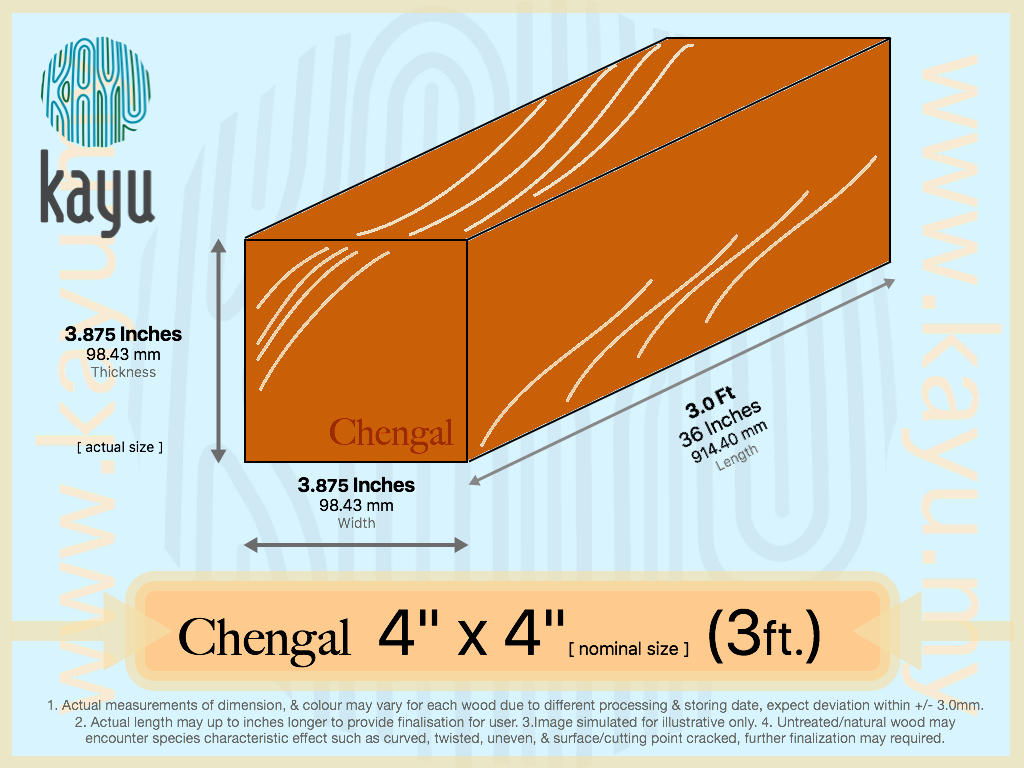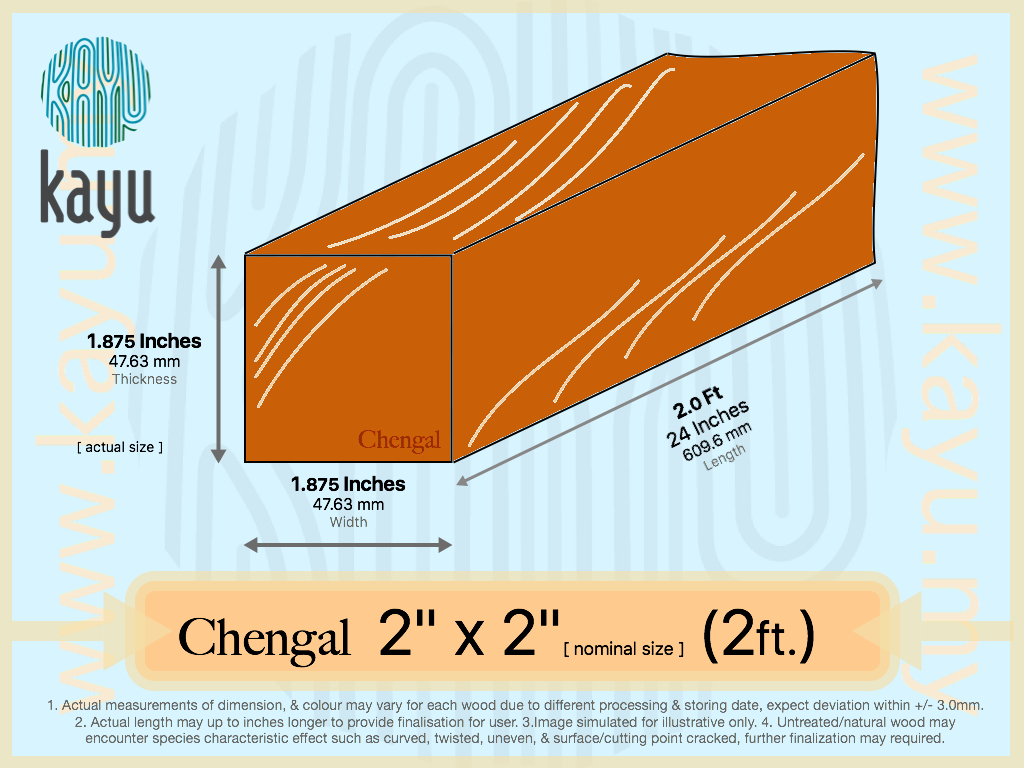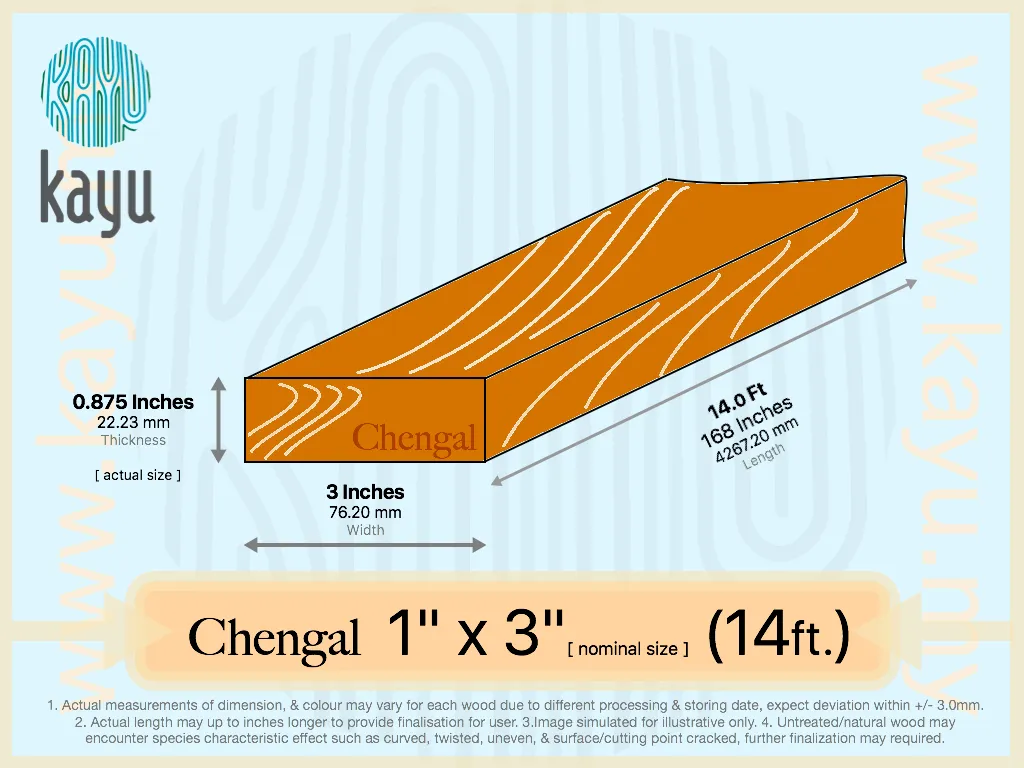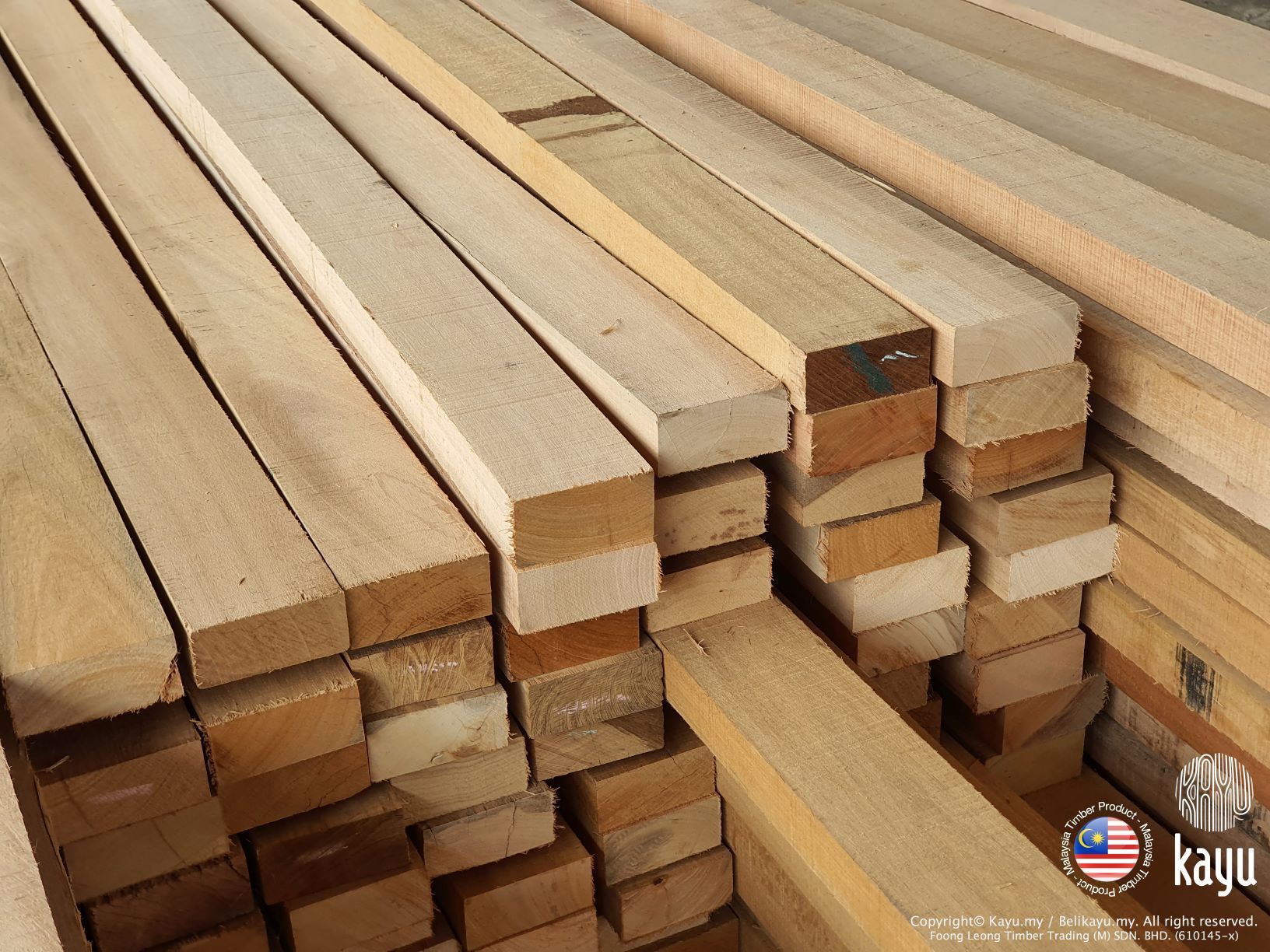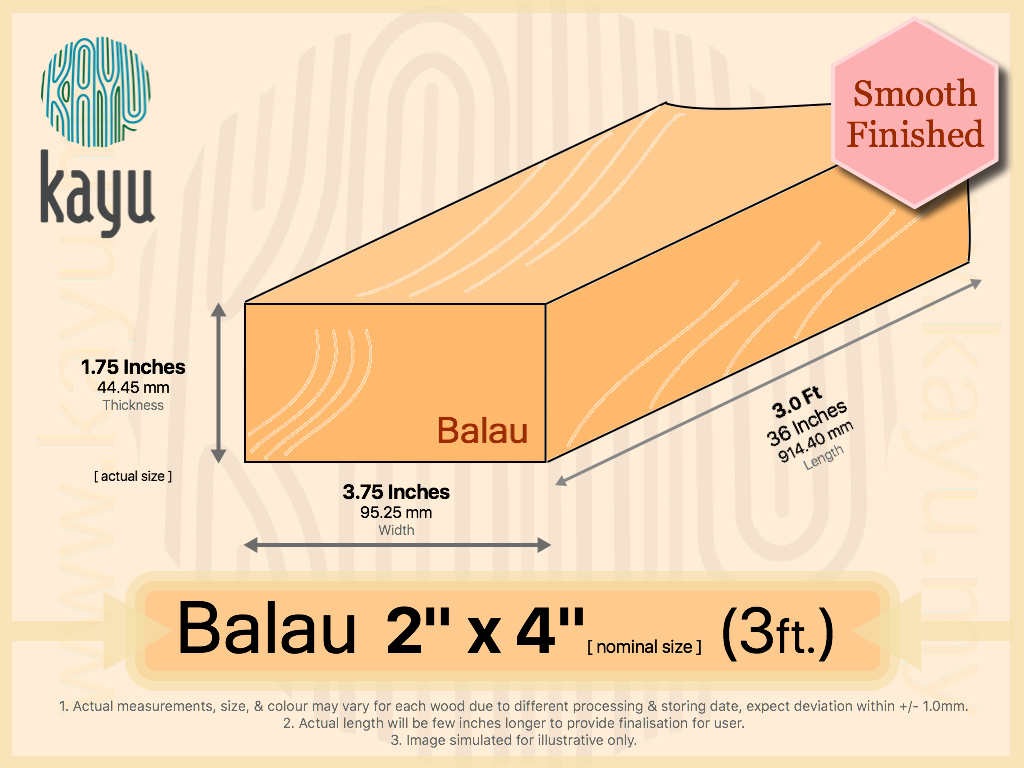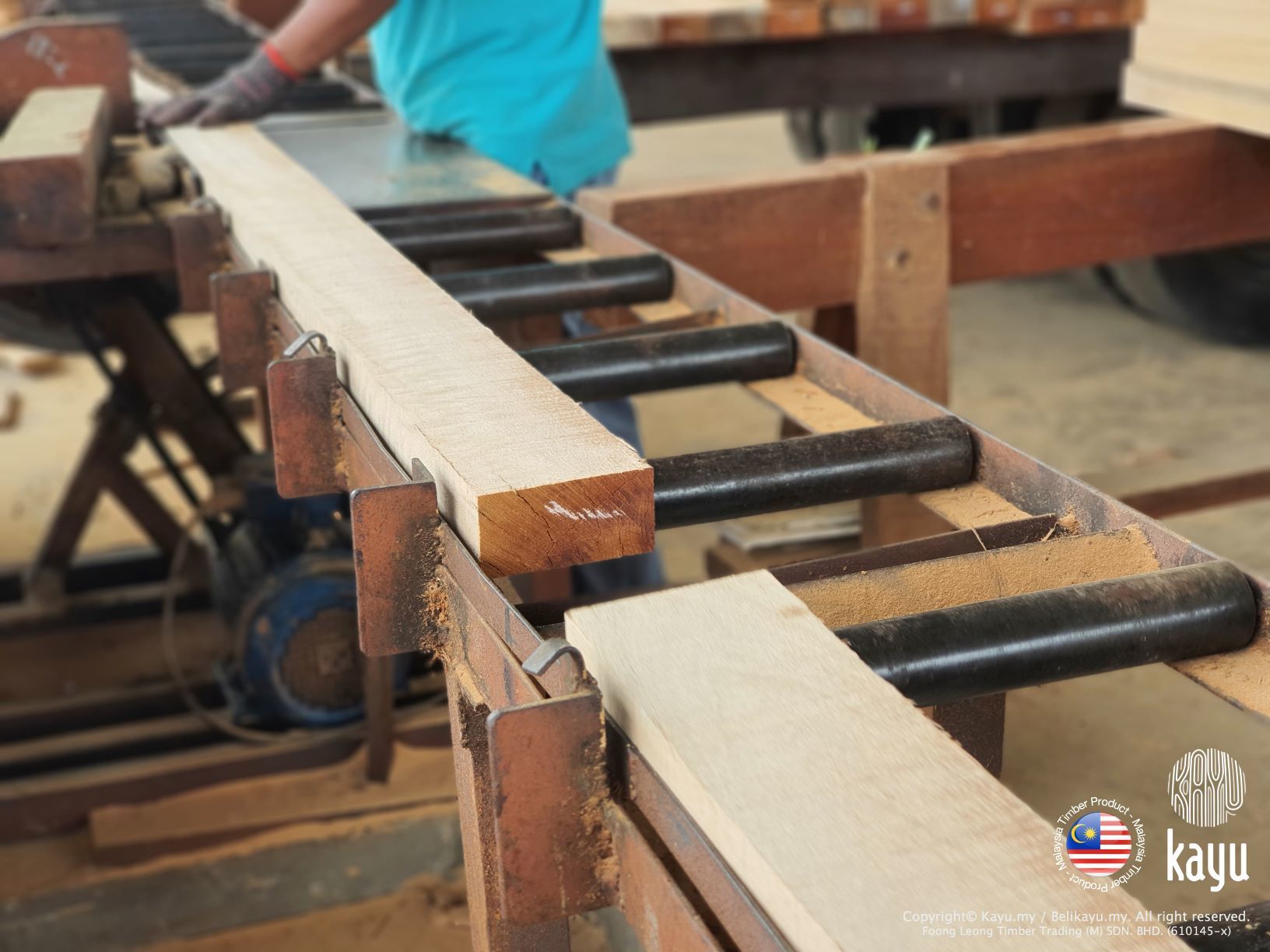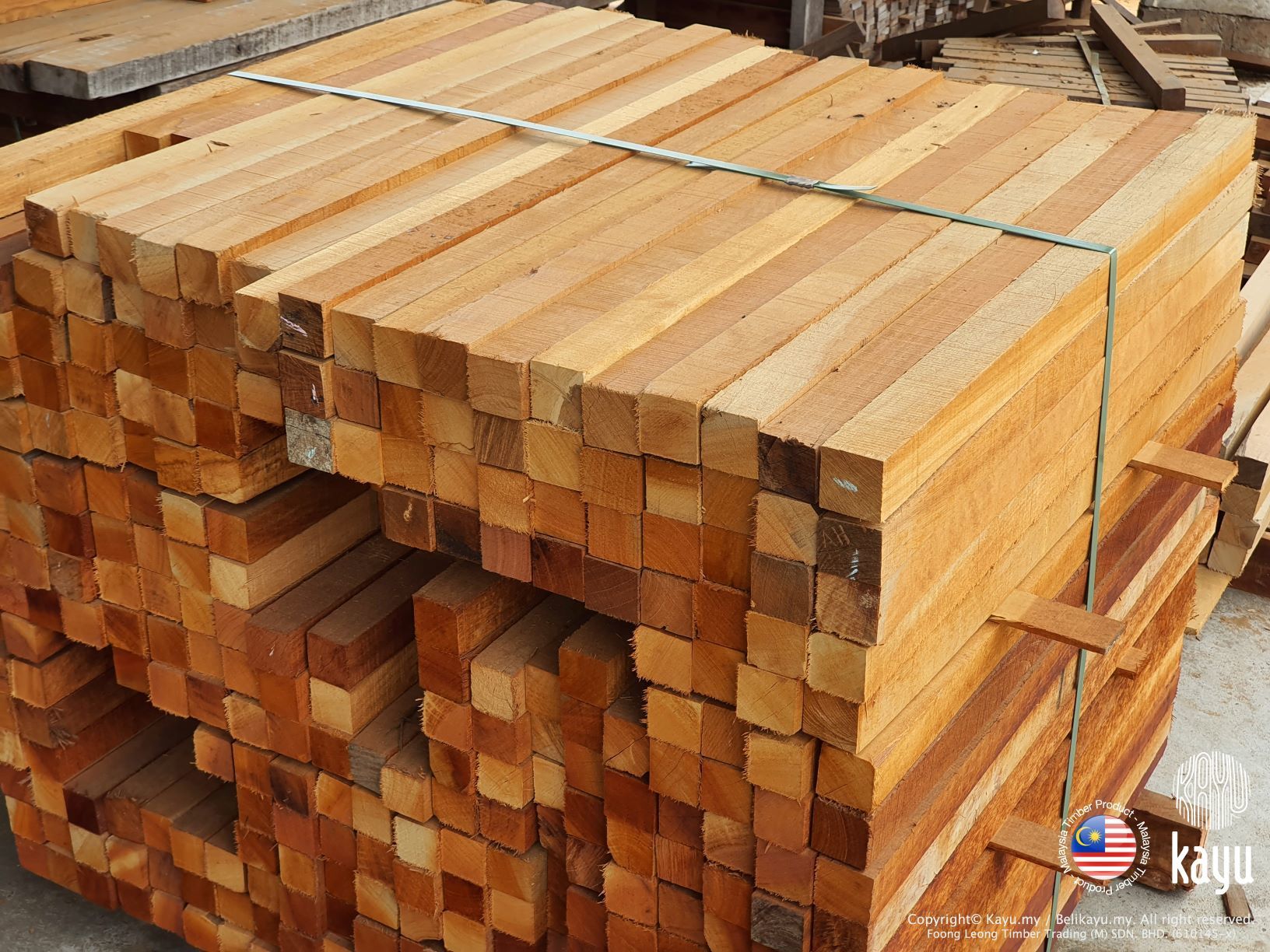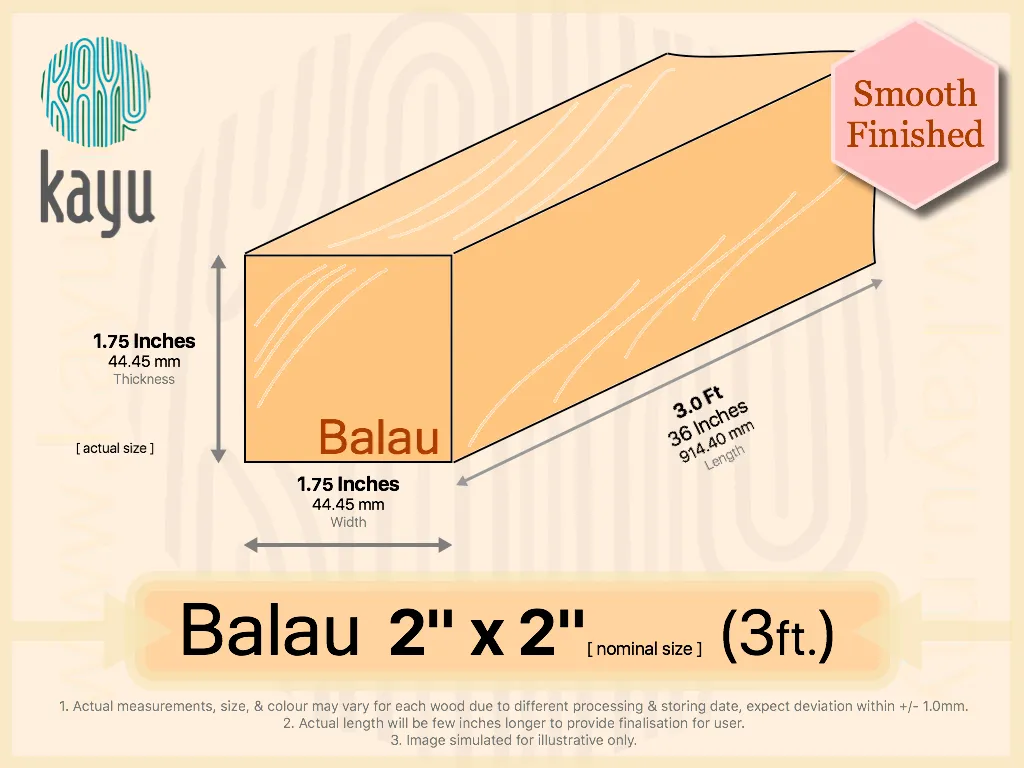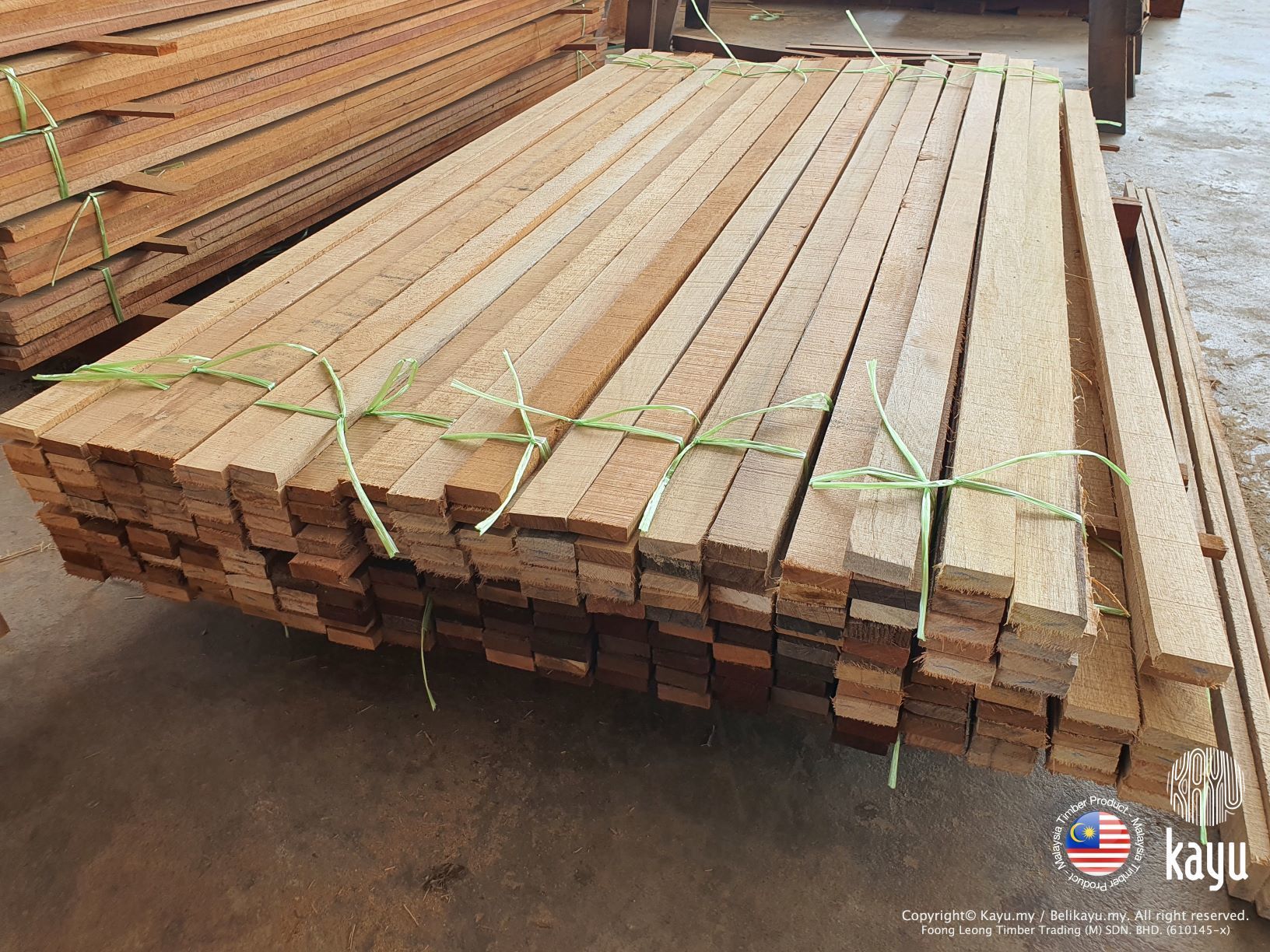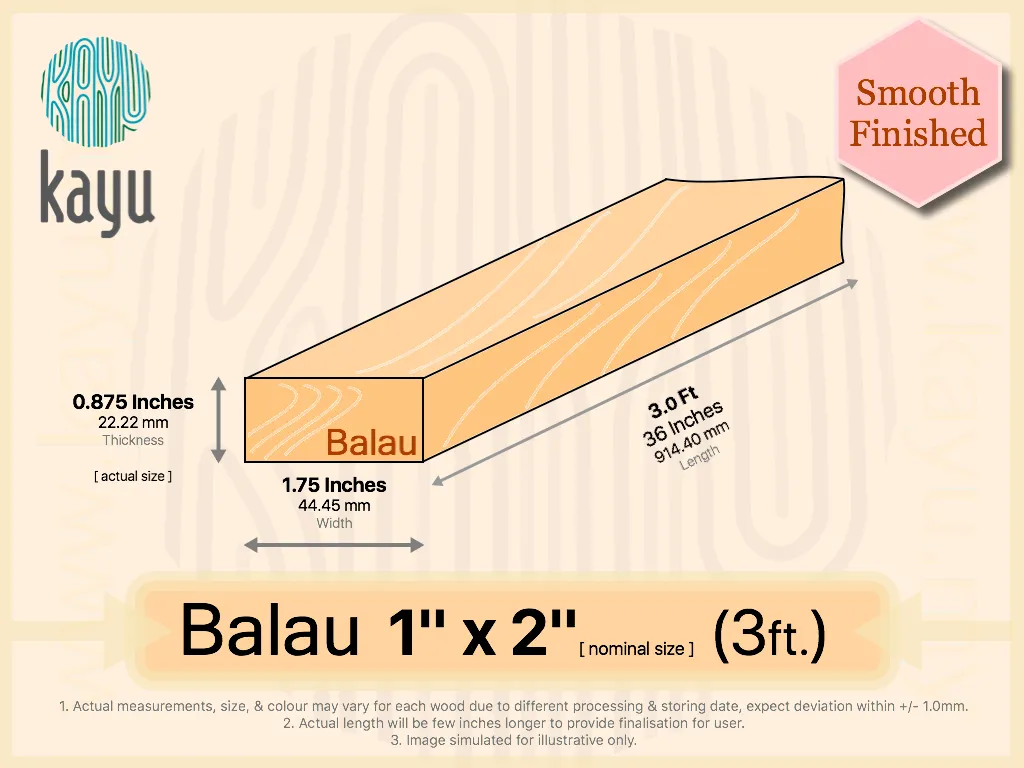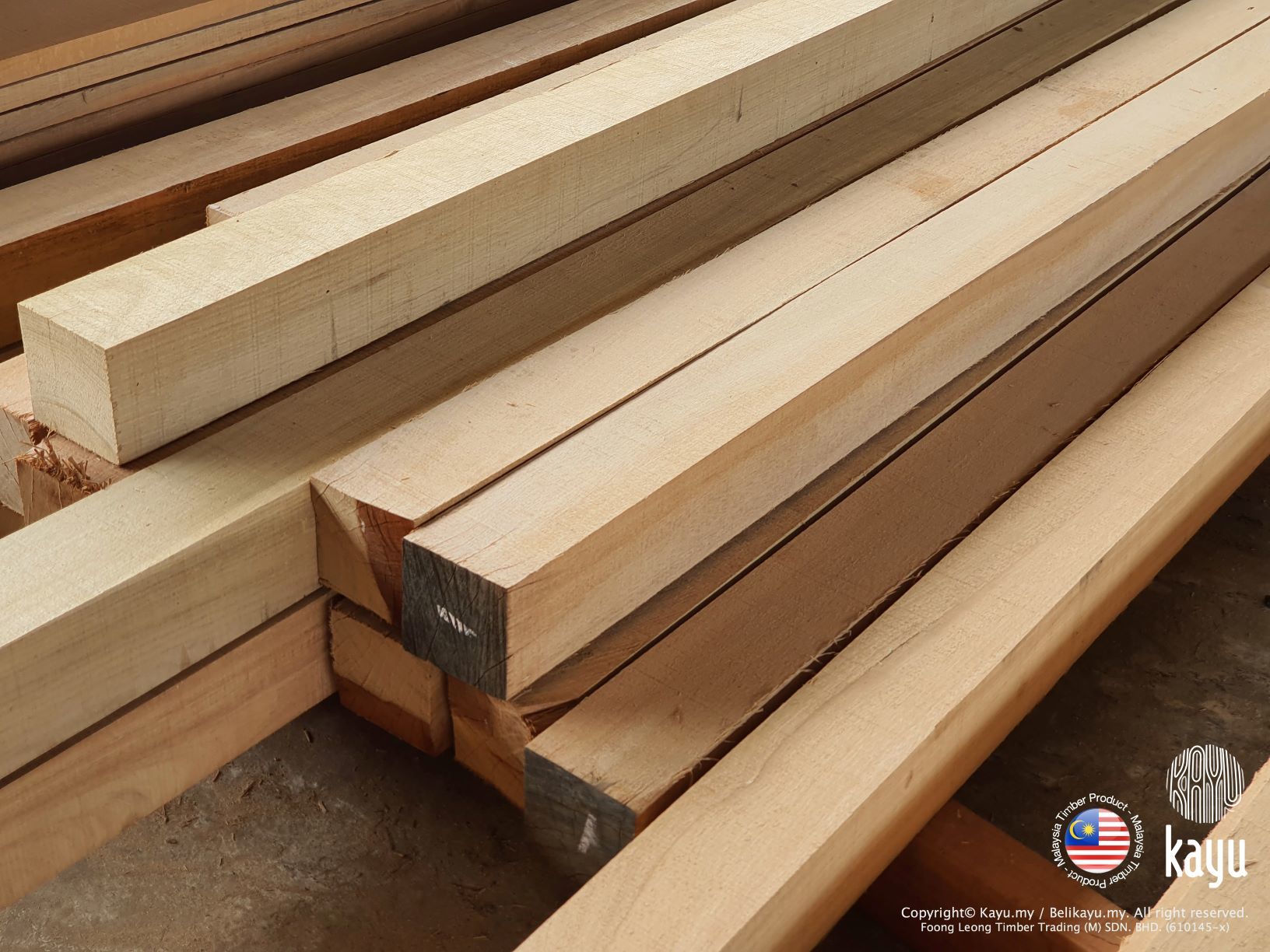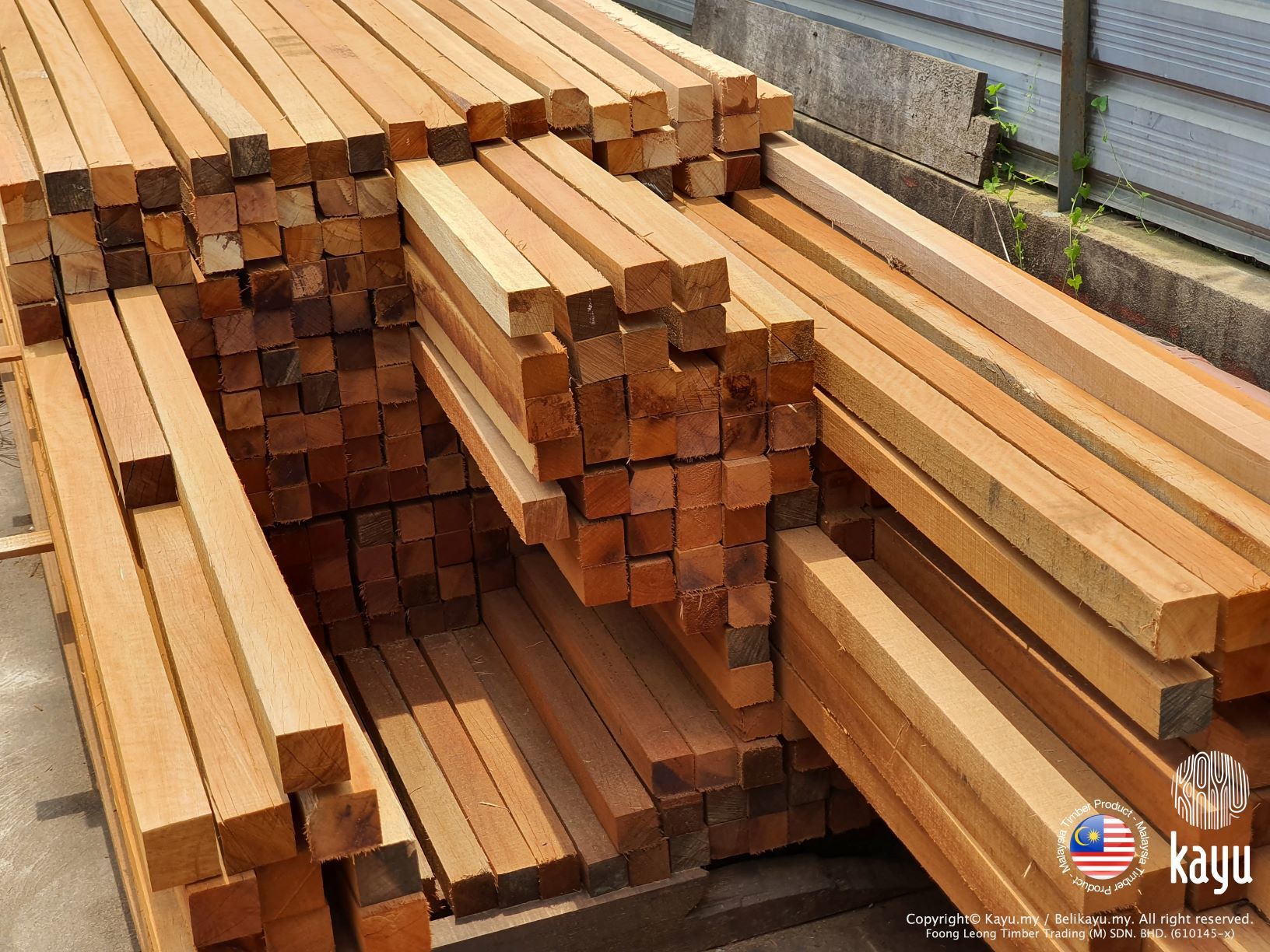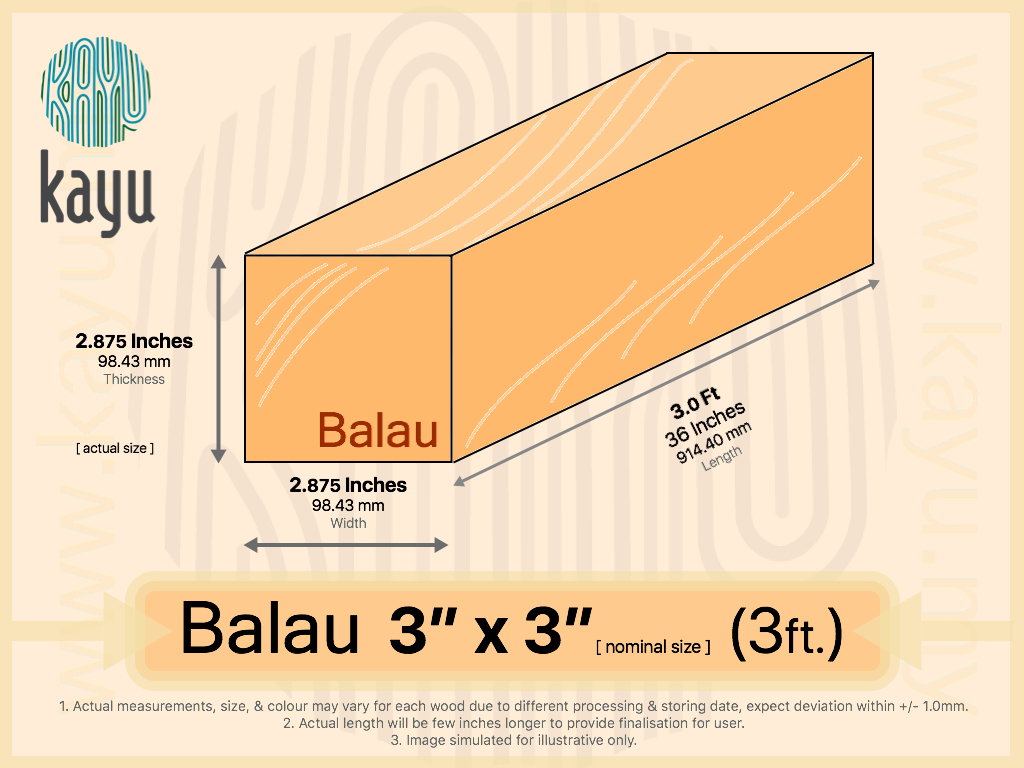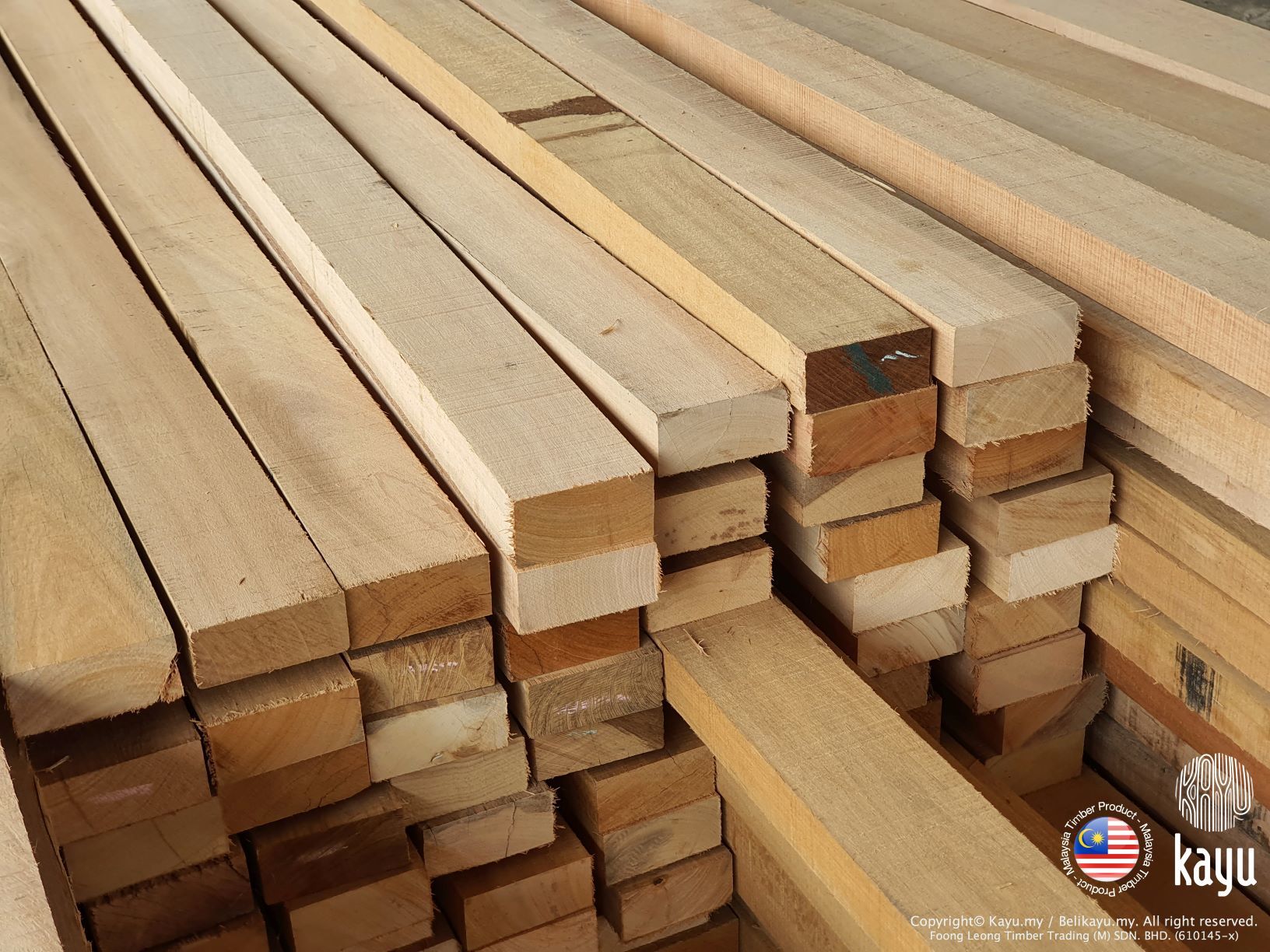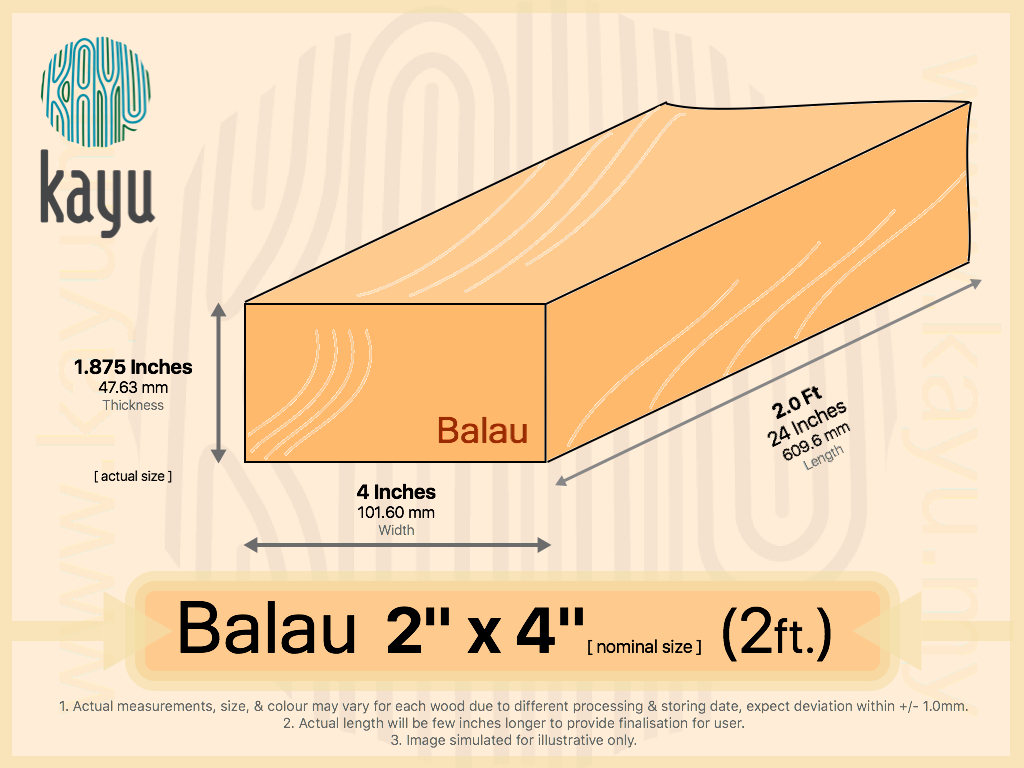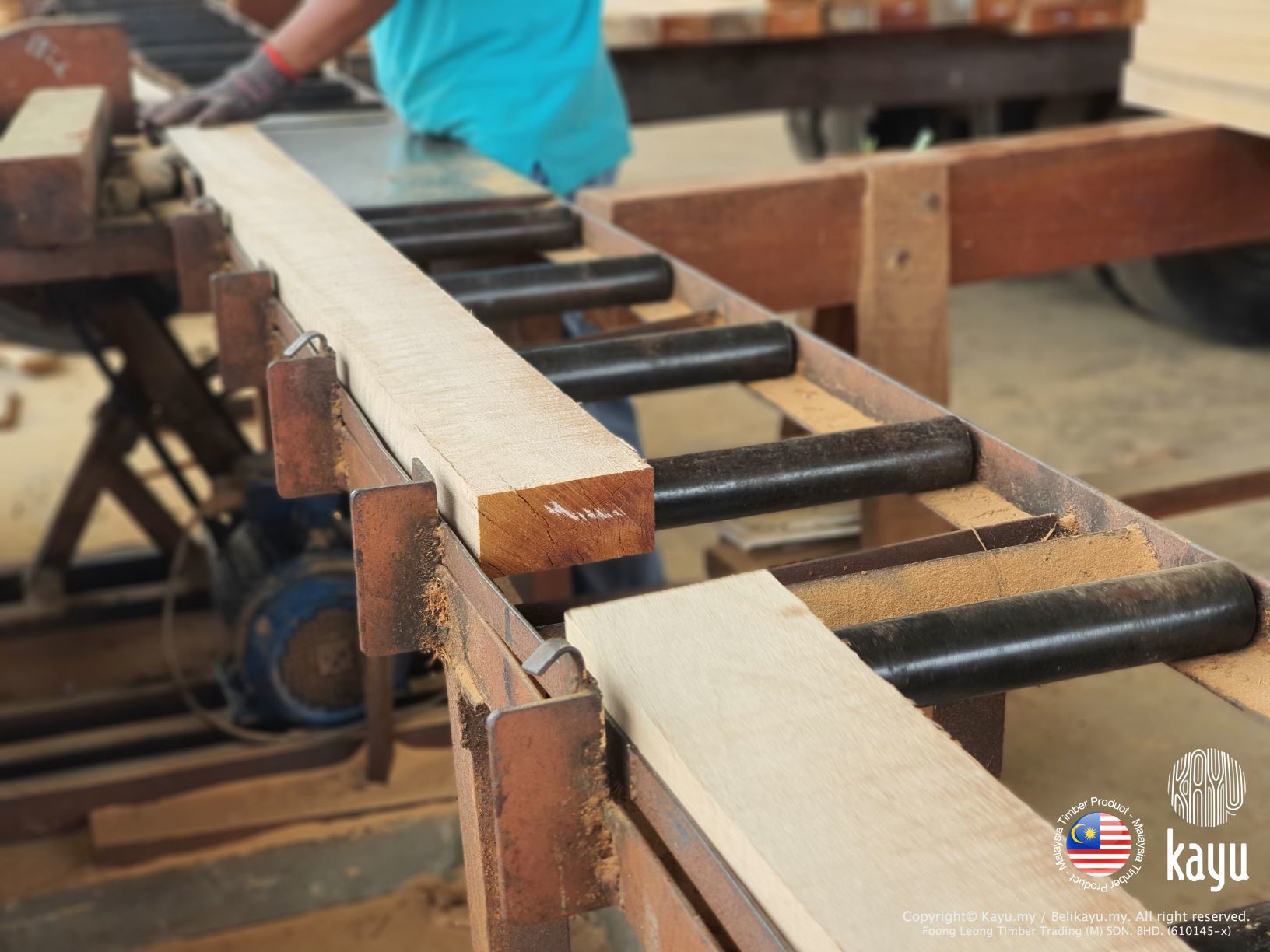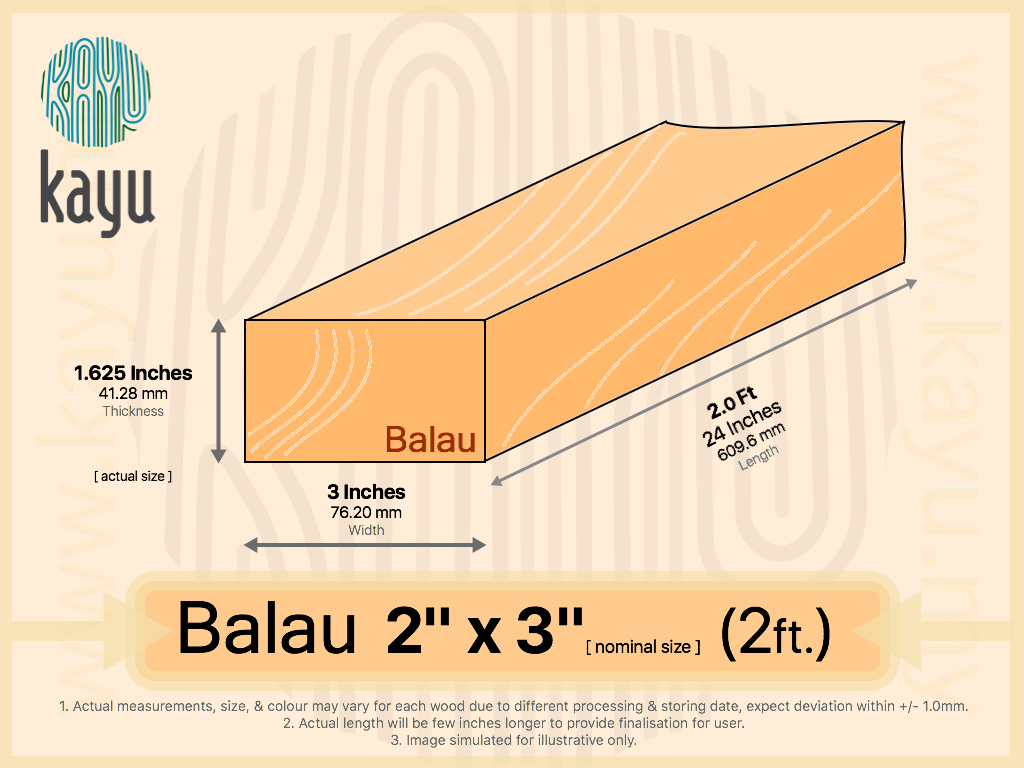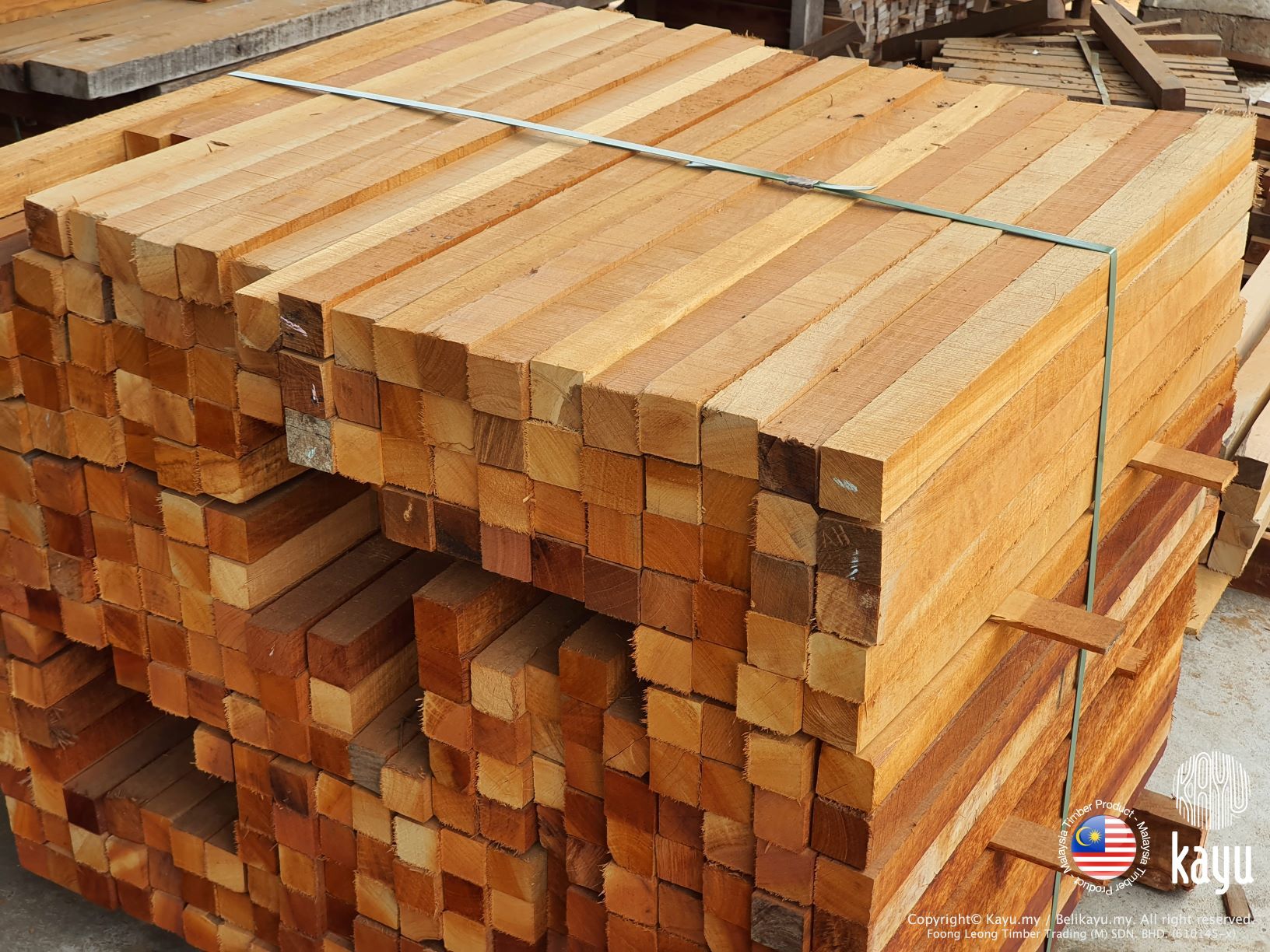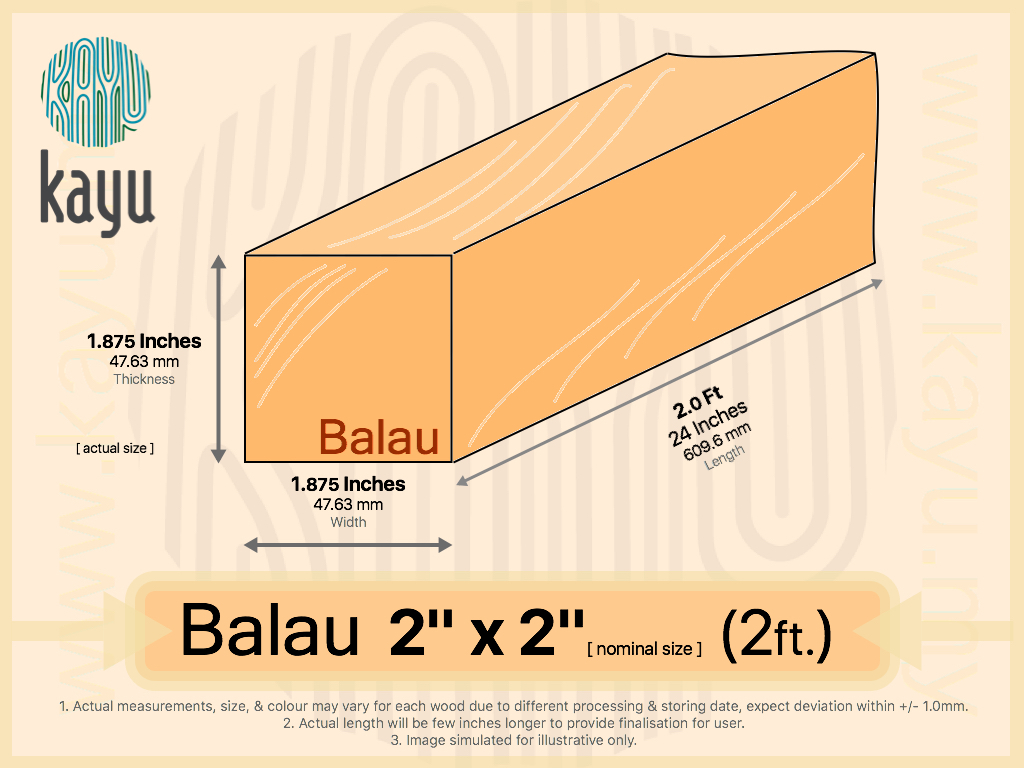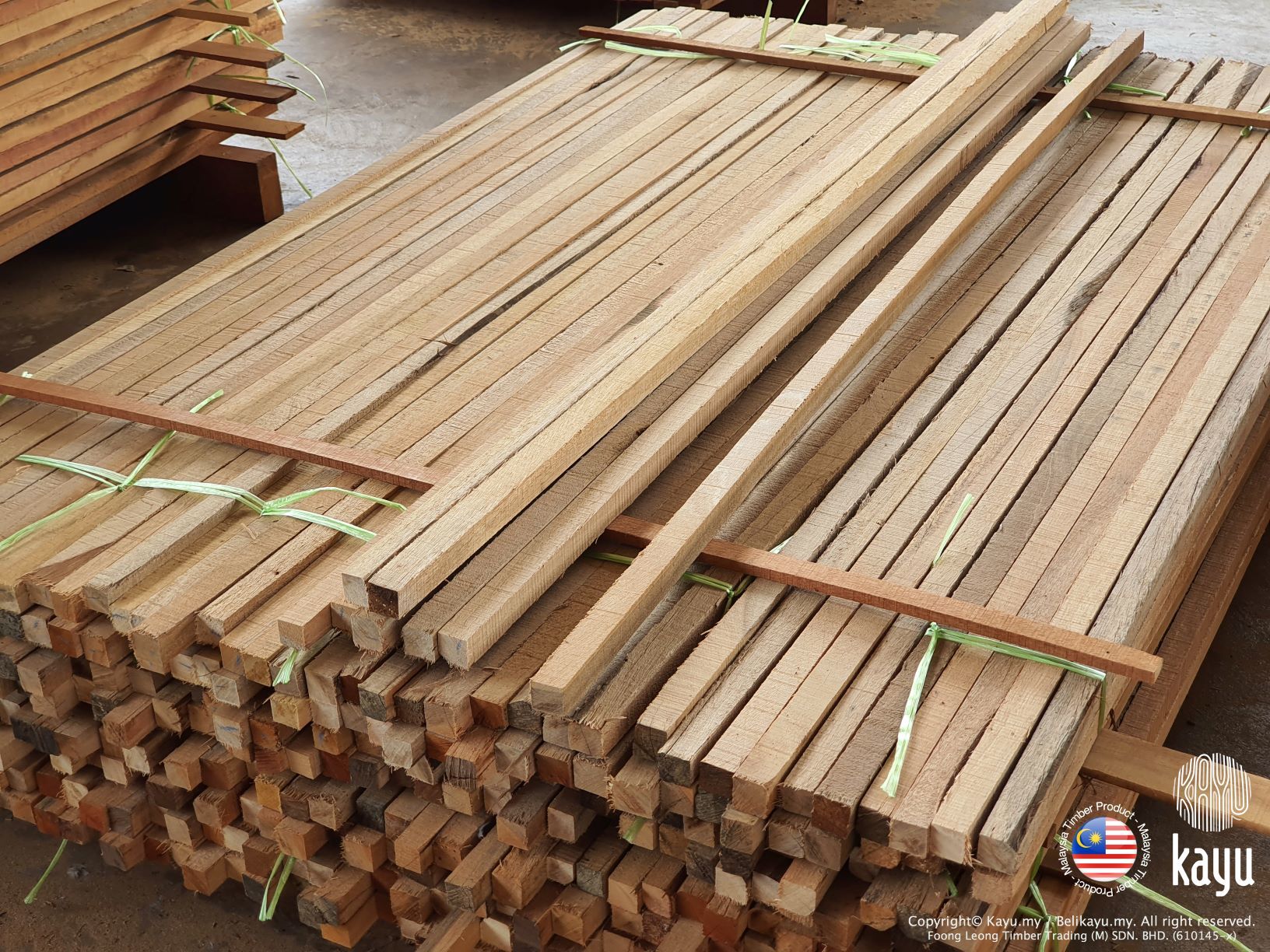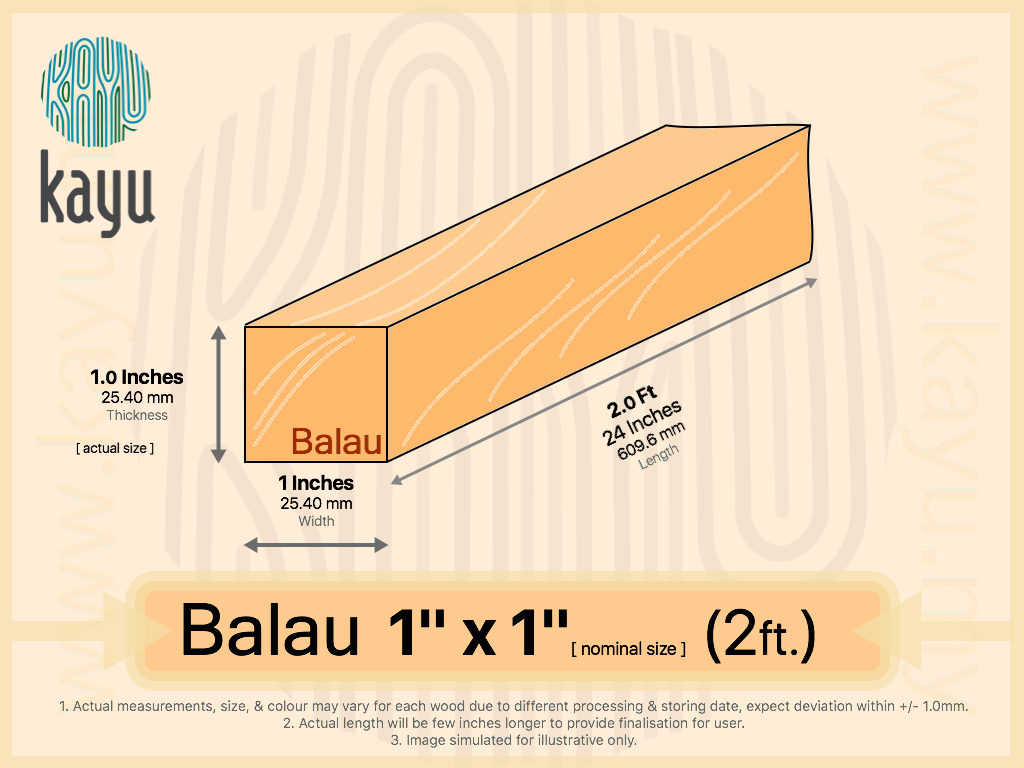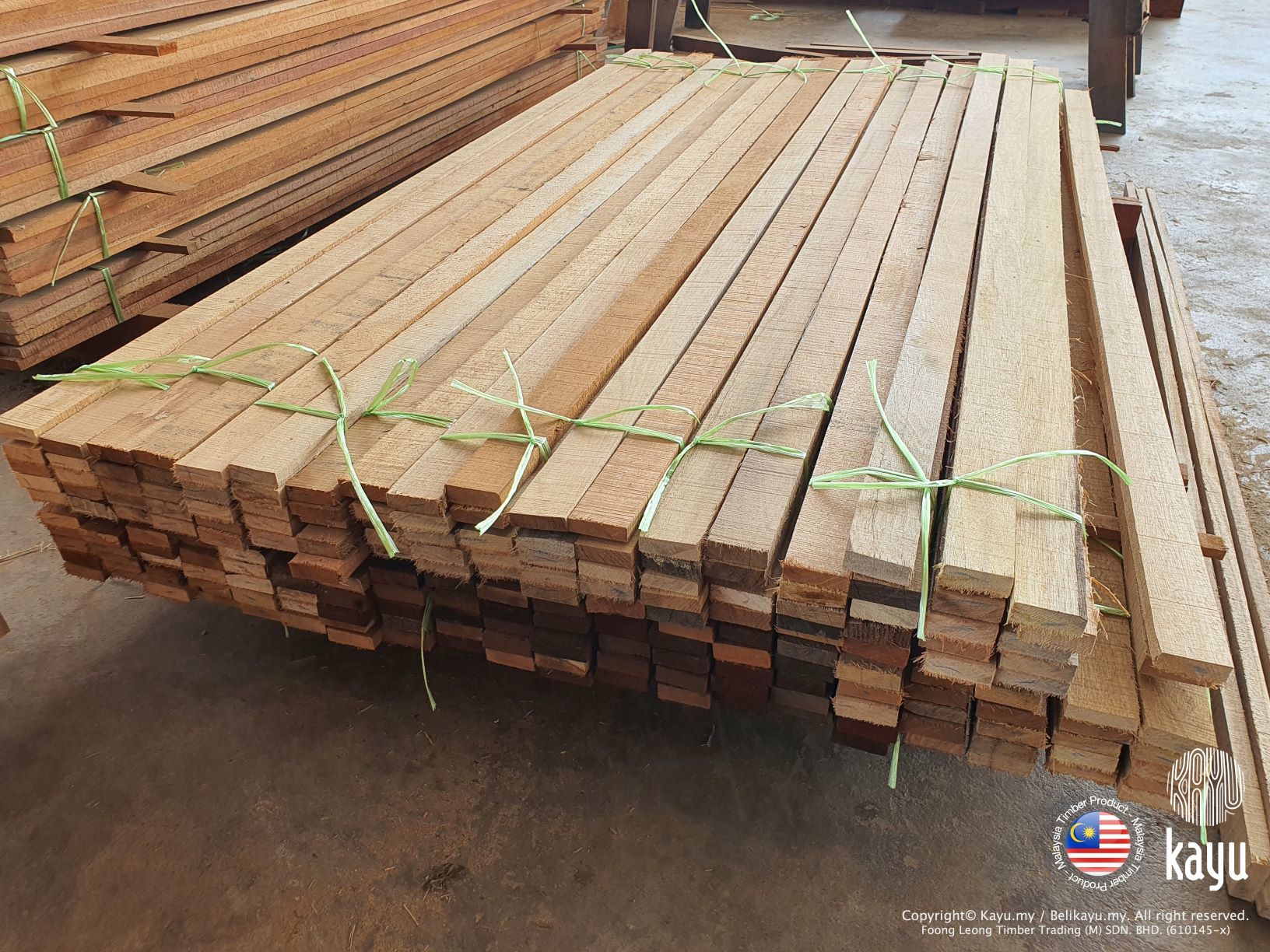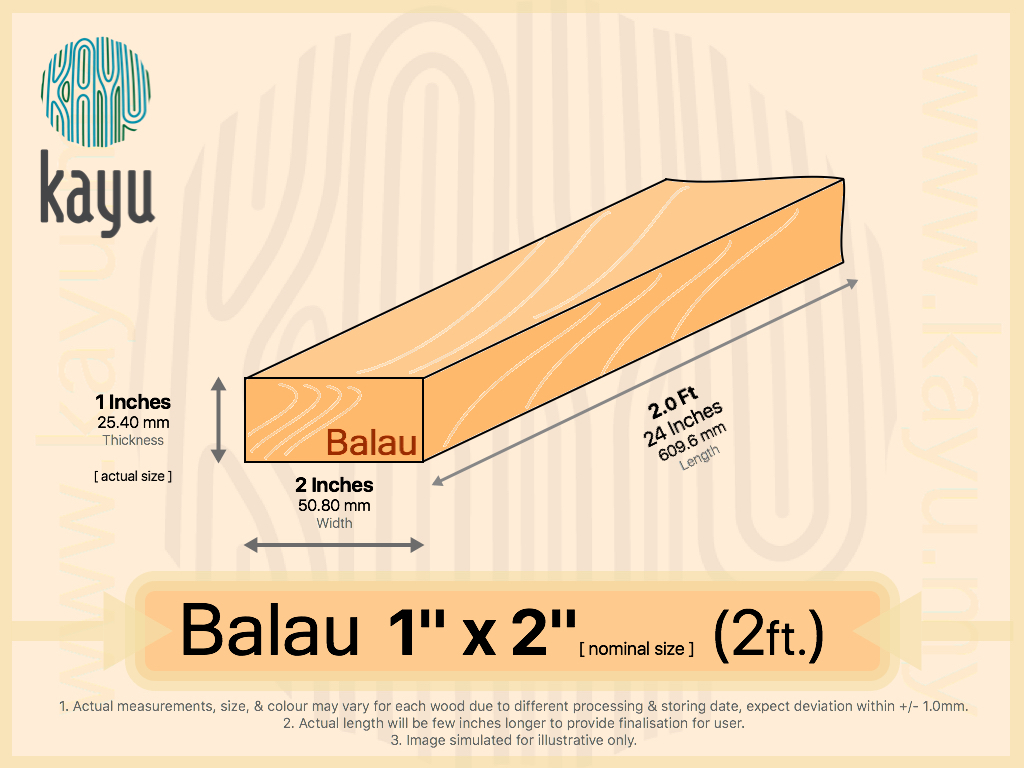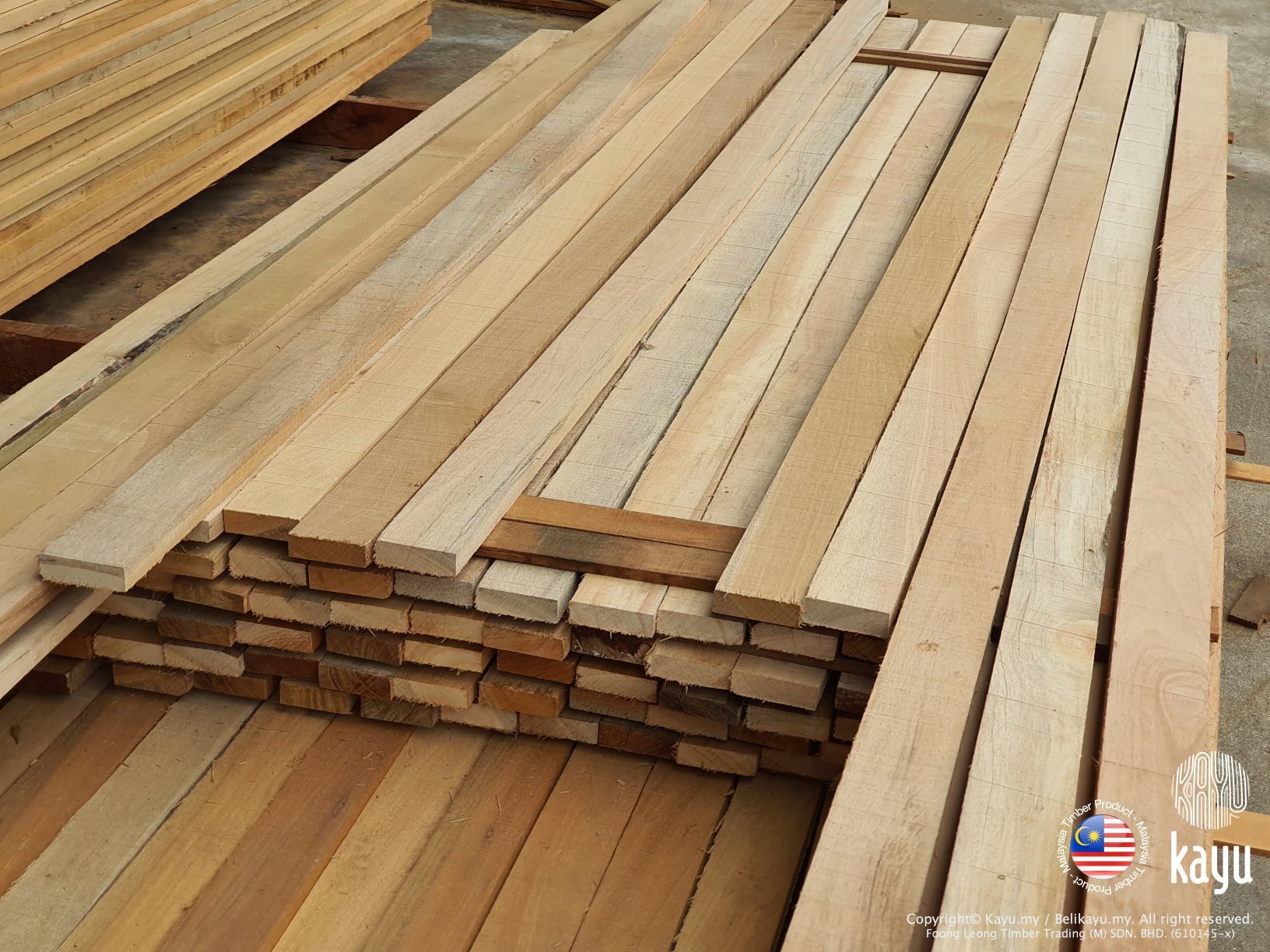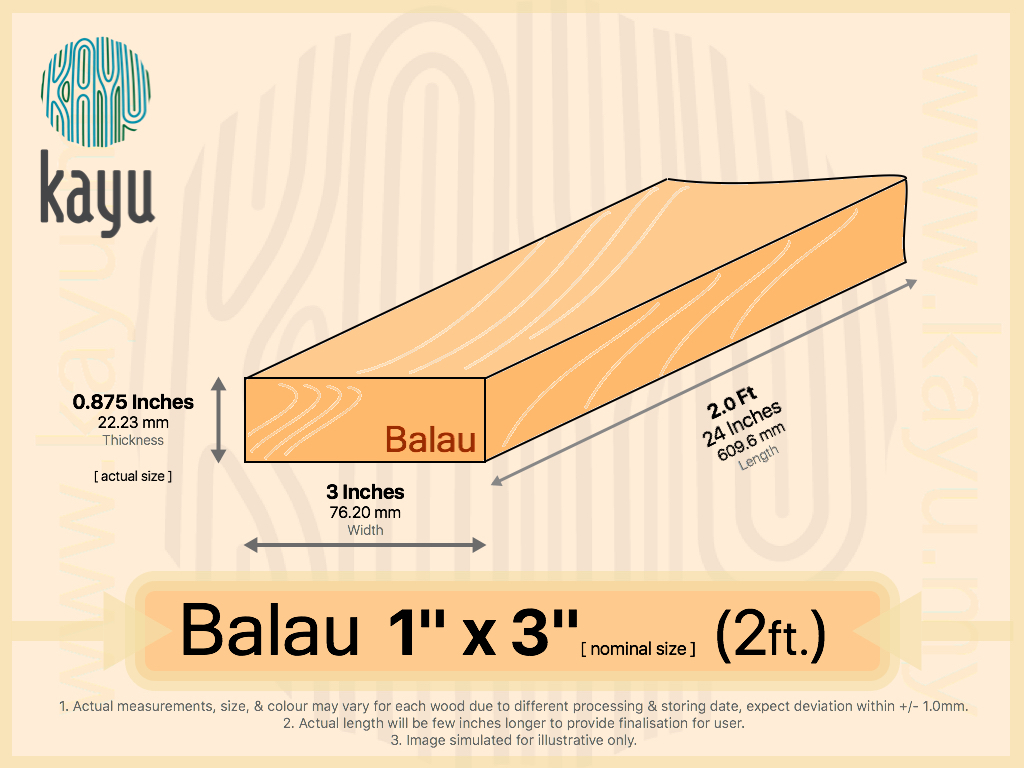
Why is building with wood better for theenvironment?
- Of any commonly used building materials, wood has the lowest energy consumption and the lowest C02 emission.
- Due to wood’s thermal insulation properties, timber frame housing uses less energy.
- Using wood products encourages forestry to expand, increasing the carbon sink effect and reducing the CO2 in the atmosphere.
- The best way to use forests as carbon sinks is to harvest the timber and convert it into products (which continue to store carbon) while replanting more trees than before.
- As wood is created by photosynthesis, it can be considered an efficient way of storing solar energy. Recovering the energy from wood products at the end of their life, as a substitute for fossil fuels, increases wood’s positive carbon effect.
- Wood fuel has several environmental advantages compared with fossil fuels. Wood can be continually replenished, which leads to a sustainable and dependable supply, though proper forest management must be practiced to ensure that growing conditions are not degraded during biomass production. Wood fuel contains minimal heavy metals and extremely low levels of sulphur and is no threat to acid rain pollution. Wood biomass is also usually less expensive than other fossil fuels.
Why use wood instead of othermaterials?
- Using wood means you aren’t using less environmentally friendly alternatives like plastic, steel or aluminium.
- Wood is renewable unlike fossil fuels or mineral based products.
- Across the product lifecycle, wood products achieve negative CO2 emissions – lower than any other building material – and also requires very little non-renewable energy for their manufacture.
- The amount of energy used to harvest, transport, convert and recycle wood is minimal compared with other building materials, as over 75% of the energy used for manufacturing wood products is produced from wood residues and recovered wood.
- The use of timber leads to the protection of the forest biome, as traders promote sustainable trade in timber and timber products from well-managed forests.
Why use wood to build your home?
- Timber frame has been the most common form of house construction in the US, Canada and Scandinavia for a long time.
- Timber Frame is a prefabricated method of construction, it is faster than conventional bricks and mortar and also more eco friendly. Timber frame homes offer good acoustics, energy efficiency, and are warmer. Wood is reportedly the most energy-efficient of all construction materials. Five hundred kilowatt hours are needed to produce a single cubic meter of steel, 200 kWh are needed for concrete, but only 30 kWh are used for timber.
- Wood houses also use less fuel as the wood is an insulator, absorbing and slowly releasing the heat produced by the energy efficient under-floor heating system, so the boiler is used for much short periods.
What is the carbon cycle of wood?
- Carbon dioxide (CO2) is taken from the atmosphere and used by trees to grow. When these trees die and decay or are burned, this CO2 is released back into the atmosphere.
- In a mature, unmanaged forest the amount of carbon being absorbed by growing trees is the same as the amount being given off by decaying dead trees, and by the animals, microbes etc. that live off the trees as they live and die.
- For sustainably managed woodland, or energy crops, the process is similar. On balance, wood is never removed faster than it is added by new growth. Therefore the CO2 released when the wood fuel is burned is never more than the CO2 being taken up by new growth. It is therefore termed ‘carbon neutral’.
What are the effects of CO2 on climate change?
- According to the International Panel on Climate Change, the 20th Century was the warmest century since records began, with the 90’s the warmest decade and 1998 breaking all previous annual reports.
- Since 1850 atmospheric carbon dioxide has increased by 30% and every year we are adding a further burden of 3.3 billion tonnes of this ‘greenhouse gases’ into the atmosphere.
- Some sources say that global temperatures are set to increase during the next 100 years by 1.4-5.8 centigrade, leading to predictions of widespread flooding, drought, storms and famine.
- Wood has the lowest energy consumption of any building material which is why using wood may help reduce global warming.
Information by "sustainablelumberco.com".







